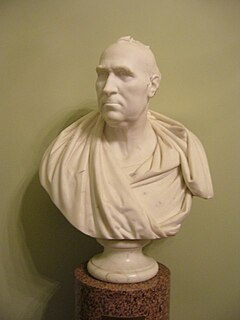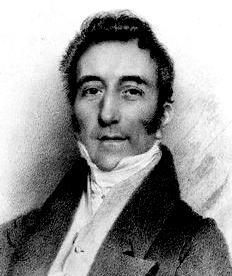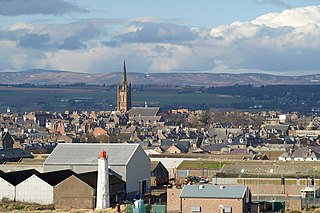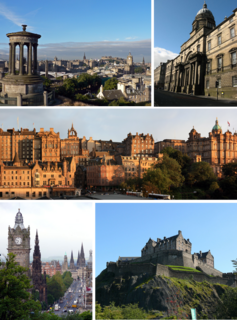
Fraserburgh is a Parish town in Aberdeenshire, Scotland with a population recorded in the 2011 Census at 13,100. It lies at the far northeast corner of Aberdeenshire, about 40 miles (64 km) north of Aberdeen, and 17 miles (27 km) north of Peterhead. It is the biggest shellfish port in Scotland and one of the largest in Europe, landing over 5,450 tonnes in 2016. Fraserburgh is also a major port for white and pelagic fish.

Baron Manners, of Foston in the County of Lincoln, is a title in the Peerage of the United Kingdom. It was created in 1807 for the lawyer and politician Sir Thomas Manners-Sutton. He served as Solicitor-General from 1802 to 1805 and as Lord Chancellor of Ireland from 1807 to 1827. Manners-Sutton was the fifth son of Lord George Manners-Sutton, third son of John Manners, 3rd Duke of Rutland. His elder brother Charles Manners-Sutton was Archbishop of Canterbury from 1805 to 1828 and the father of Charles Manners-Sutton, 1st Viscount Canterbury, Speaker of the House of Commons from 1817 to 1834. The first Baron's great-grandson, the fourth Baron, assumed the surname of Manners only. As of 2010 the title is held by the latter's grandson, the sixth Baron, who succeeded his father in 2008. As a descendant of the third Duke of Rutland he is also in remainder to this peerage and its subsidiary titles.
David Alan Stevenson FRSE MIME FRSSA MICE was a lighthouse engineer who built twenty six lighthouses in and around Scotland.

Sir William Grant was a British lawyer, Member of Parliament from 1790–1812 and Master of the Rolls from 1801–1817.

Thomas Smith Tait (1882–1954) was a prominent Scottish modernist architect. He designed a number of buildings around the world in Art Deco and Streamline Moderne styles, notably St. Andrew's House on Calton Hill, Edinburgh, and the pylons for Sydney Harbour Bridge.

Royal Cornhill Hospital is a psychiatric hospital in Westburn Road, Aberdeen, Scotland. It is managed by NHS Grampian.
James Oswald (1710–1769) was a Scottish composer, arranger, cellist, and music publisher, who was appointed as Chamber Composer for King George III but also wrote and published many Scottish folk tunes.

Thomas Manners-Sutton, 1st Baron Manners, was a British lawyer and politician who served as Lord Chancellor of Ireland from 1807 to 1827.
Irish Music Collecting is an area of musicology concerned with preserving the large body of traditional Irish music.

James Gregory FRSE FRCPE was a Scottish physician and classicist.

John Parry, commonly known by his bardic name Bardd Alaw, was a Welsh harpist and composer.
John Gunn (c.1765–c.1824) was a Scottish cellist, writer on music, and professor.
James Peller Malcolm (1767–1815) was an American-English topographer and engraver.
The Right Rev Dr James Walker DD FRSE was an Episcopalian bishop who served as the Bishop of Edinburgh (1830–1841) and Primus of the Scottish Episcopal Church (1837–1841).
Events from the year 1808 in Scotland.
Events from the year 1807 in Scotland.

The Earl of Erroll is a Scottish highland dance sometimes danced today at Highland games around the world, as part of Scottish National dances repertoire. It is danced to two slow reels, Earl of Erroll and the 23rd Countess of Erroll.
Events from the year 1723 in Scotland.















